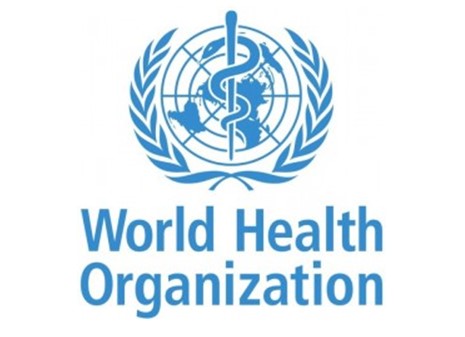Ten years on from the West African Ebola outbreak, the World Health Organization (WHO) updated its infection prevention and control guidelines for Ebola and Marburg disease.
The key recommendations are summarized in The BMJ today with an infographic and the full guideline is available on both the WHO website and the web-based MAGICapp platform.
Case fatality rates for both Ebola and Marburg disease are high, averaging about 50% (and can range from 24% to 90%). Up to date, evidence based infection prevention and control (IPC) guidelines are thus critical to ensuring a safe, systematic, and standardised approach during outbreaks.
The new guideline was developed by a group of experts and a patient representative supported by the WHO secretariat and reflects the knowledge and experience garnered from multiple outbreaks of Ebola and Marburg disease since 2014.
The updated guideline includes 11 new recommendations, 10 new good practice statements, and nine recommendations from previous guidelines to assist health and care workers implement effective IPC measures and reduce the risk of Ebola and Marburg virus transmission.
The guideline development group prioritised 13 key questions and five background questions, and WHO commissioned systematic reviews to inform the formulation of the recommendations.
The group also carefully considered the balance between desirable and undesirable effects of interventions, the certainty of evidence, the evaluation of outcomes, resource use, the acceptability and feasibility of interventions to affected populations, and the impact of interventions on equity.
Although the recommendations pertain to all healthcare settings, some are also relevant to community settings—for example, when interacting in homes of individuals suspected or confirmed to have had Ebola or Marburg disease.
Updates include:
Details of personal protective equipment (PPE) that should be worn for specific activities or risks (such as screening, triage, direct or indirect patient care, cleaning or other hygiene activities, and safe and dignified burial)
Recommendations on the IPC ring approach (rapidly mobilising teams to enhance IPC activities in geographical “at risk” areas around infected individuals)
A strong recommendation against spraying health and care workers with disinfectants such as chlorine who have direct or indirect contact with patients who have Ebola or Marburg disease during the removal of personal protective equipment
Specific details of when to use single or double gloves (including heavy-duty gloves) on the basis of activity risk, methods for glove disinfection, and changing of gloves between patients
The authors acknowledge that although the new guideline represents an advance, it also highlights the need for more evidence to inform effective IPC measures during outbreaks of filoviruses.
WHO calls for greater investment and engagement in research that will provide a stronger evidence base for IPC for Ebola and Marburg disease, and thus help direct future guidelines away from deep-seated practices towards stronger evidence-based practices.
Distributed by APO Group on behalf of World Health Organization (WHO).

